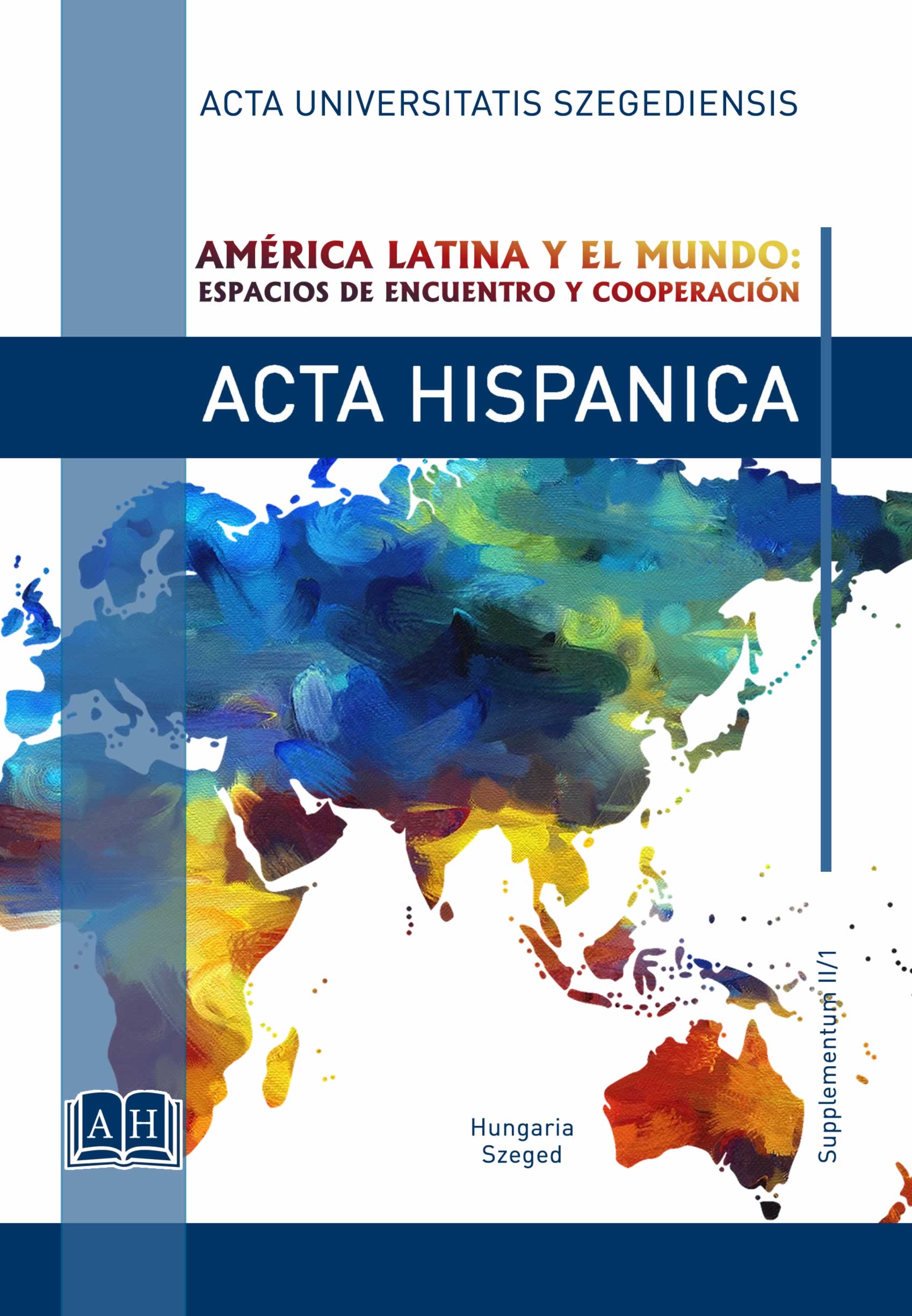Relating the Material and Intangible Cultural Heritage for its Use and Protection in the Northern Highlands of Peru
Main Article Content
Abstract
Recently, Peru has taken a positive attitude regarding the enhancement of cultural heritage as an important element of its cultural policy. Its objective is not only to provide information on the cultural value of experts to the public, but also to include the public in projects for the protection and use of the heritage in order to form identity or to promote the economic development of the area. The main idea is that cultural heritage, previously belonging only to the academic world, is shared with the public. For this reason, the participation of the local community in the programs of conservation and social use of cultural heritage is required. However, there is an asymmetric or vertical relationship between experts and the public because it takes particular knowledge and techniques to understand the value of cultural heritage, especially archaeological heritage. To modify this relationship, attention should be paid not only to the scientific value of the heritage, but also to the intangible cultural heritage of local communities, given that, in the case of the management of intangible cultural heritage, these communities can take the initiative. In this article I will present the activities that the Pacopampa Project has been carrying out in a community located in the north highlands of Peru, trying to find a way to connect the uses between the material and intangible cultural heritage to promote the participation of the local community.
Downloads
Article Details
References
Cobb, Daniel M. − Loretta, Fowler (2007). Beyond Red Power: American Indian Politics and Activism since 1900. Santa Fe: School for Advanced Research Press.
Clifford, James – Marcus, George E. (1986). Writing Culture: The Poetics and Politics of Ethnography. Los Angeles: University of California Press.
Cueva, Nicanor Alarcón (1982). Pacopampa. Lima: Seminario de Historia Rural Andina, Universidad Nacional Mayor de San Marcos.
Onuki, Yoshio (2006). The Kuntur Wasi Museum in Northern Peru. En: Silverman, Helaine (ed.). Archaeological Site Museum in Latin America. Gainesville: University of Florida. 64-71.
Seki, Yuji (2017). Formation of a Community Based on the Cultural Heritage: A Case from the South America. En: Iida, Taku (ed.). Cultural Heritage in the Civilization. Kyoto: Rinsen Shoten. 63-93. (in Japanese).
Seki, Yuji (2016). Participation of the Local Community in Archaeological Heritage Management in the North Highlands of Peru. En: Underhill, Anne P. – Salazar, Lucy C. (eds.). Finding Solutions for Protecting and Sharing Archaeological Heritage Resources. Heidelberg: Springer. 103-119.
Seki, Yuji – Villanueva, Juan Pablo – Sakai, Masato – Alemán, Diana – Ordoñez, Mauro – Tosso, Walter – Espinoza, Araceli – Inokuchi, Kinya – Morales, Daniel (2010). Nuevas evidencias del sitio arqueológico de Pacopampa, en la sierra norte del Perú. Boletín de Arqueología PUCP, 12. 69-95.
Sheahan, John (2006). Redirection of Peruvian Economic Strategy in the 1990s: Gains, Losses, and Clues for the Future. En: Carrión, Julio F. (ed.). The Fujimori Legacy: The Rise of Electoral Authoritarianism in Peru. University Park, PA: The Pennsylvania State University Press. 178-200.
Van Dyke, Ruth M. – Alcock, Susan E. (2003). Archaeology of Memory: An Introduction. En: Van Dyke, Ruth M. – Alcock, Suan E. (eds.). Archaeologies of Memory. Malden: Blackwell Publishers Ltd. 1-13.
Von Schnitzler, Antina (2008). Neoliberalism. En: Darity, William A.(ed.). International Encyclopedia of the Social Science, 2nd edition. Detroit, New York, San Francisco, New Haven, Conn, Waterville, Maine, London: The Gale Group. 473-475.





